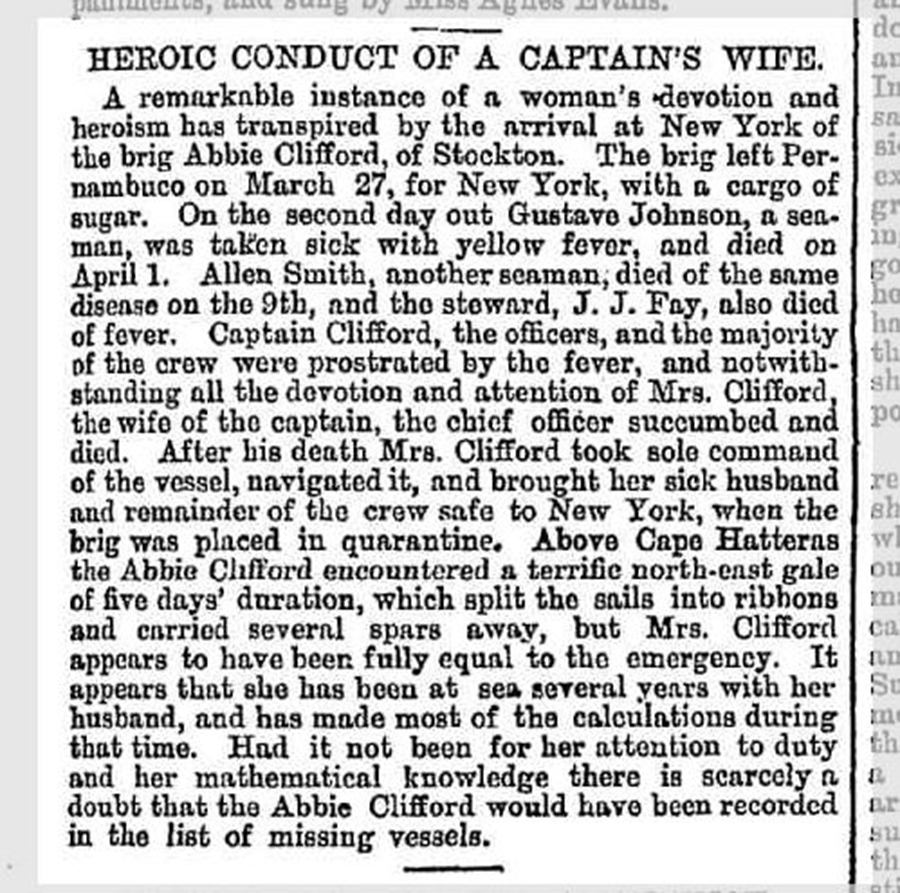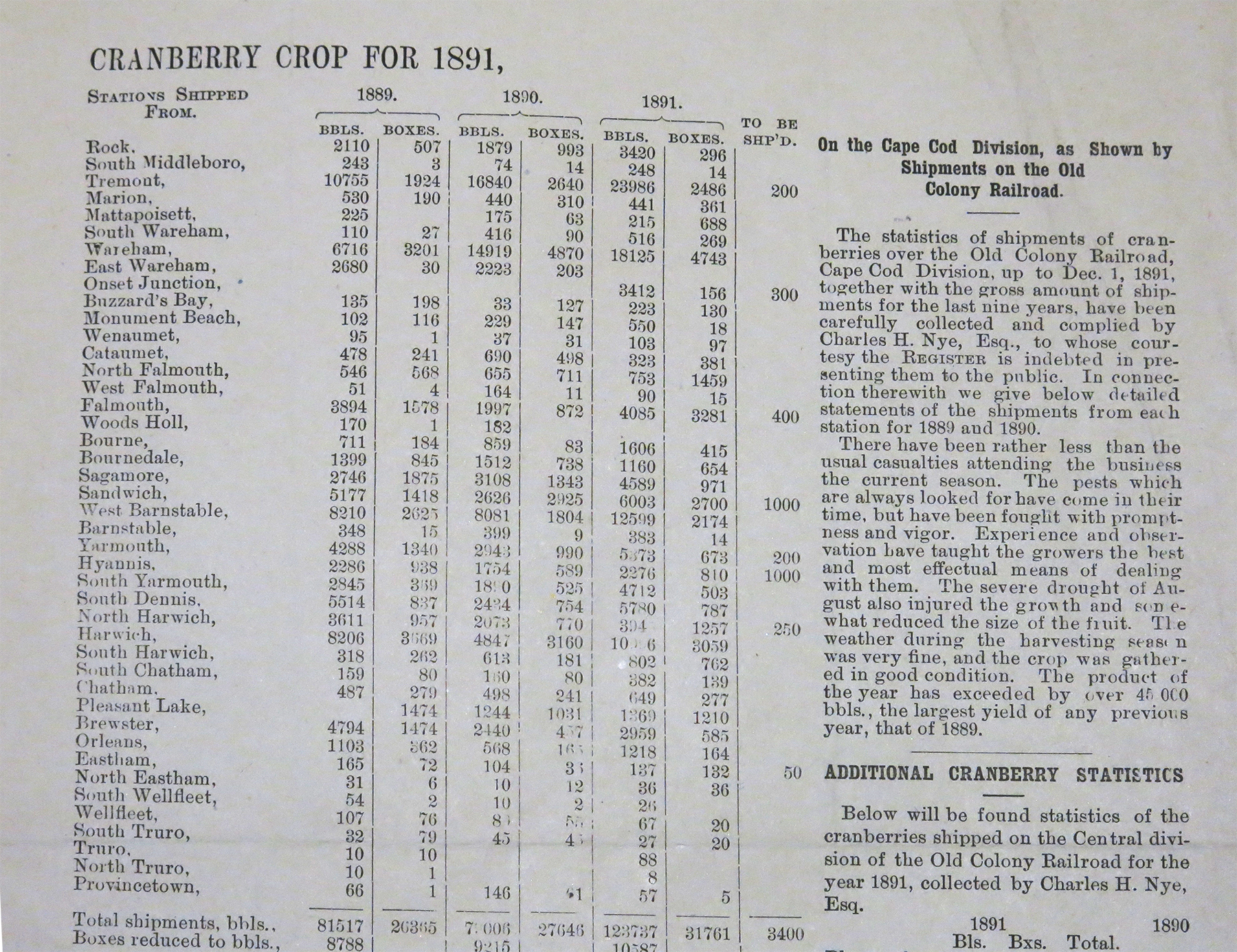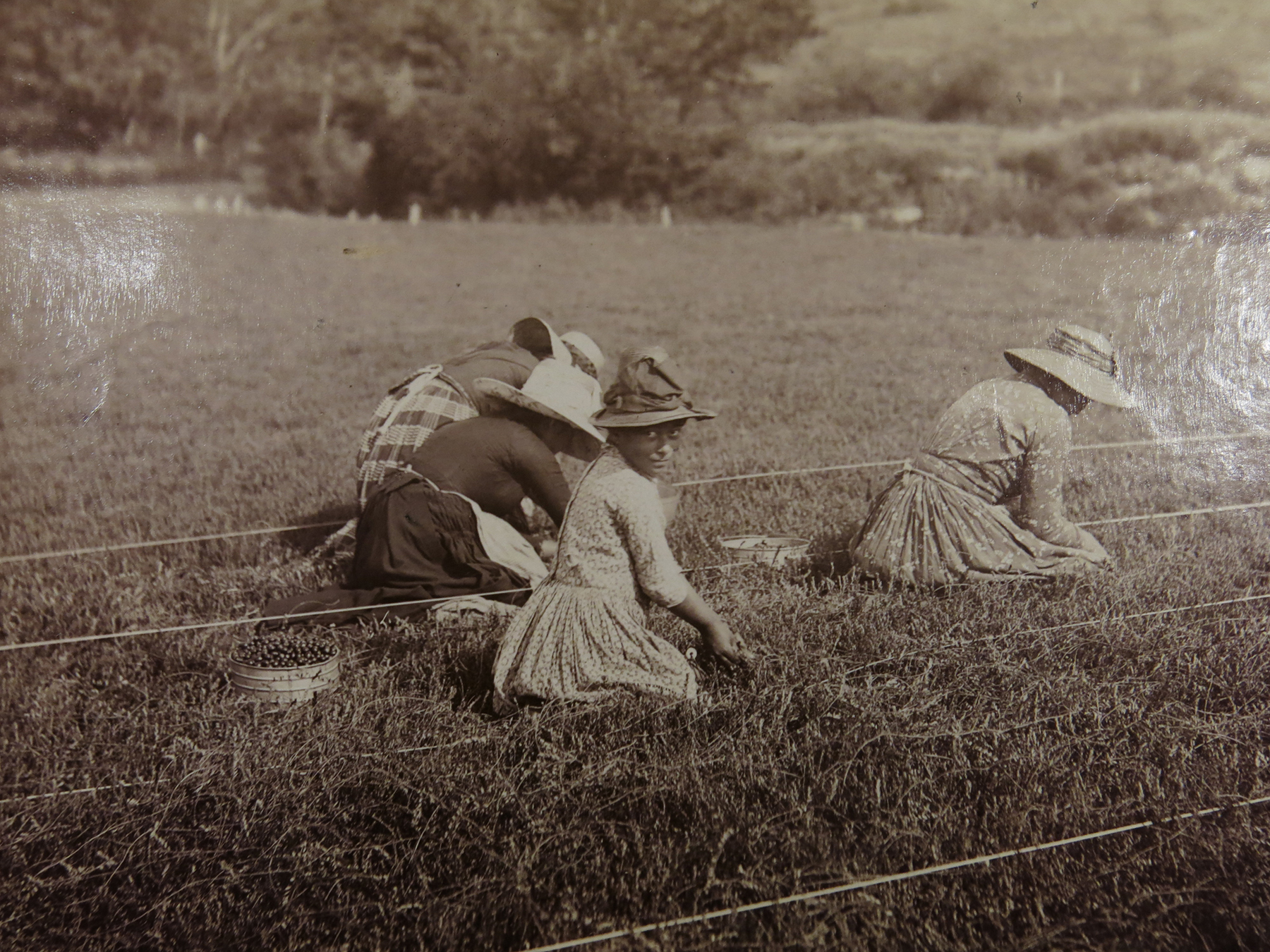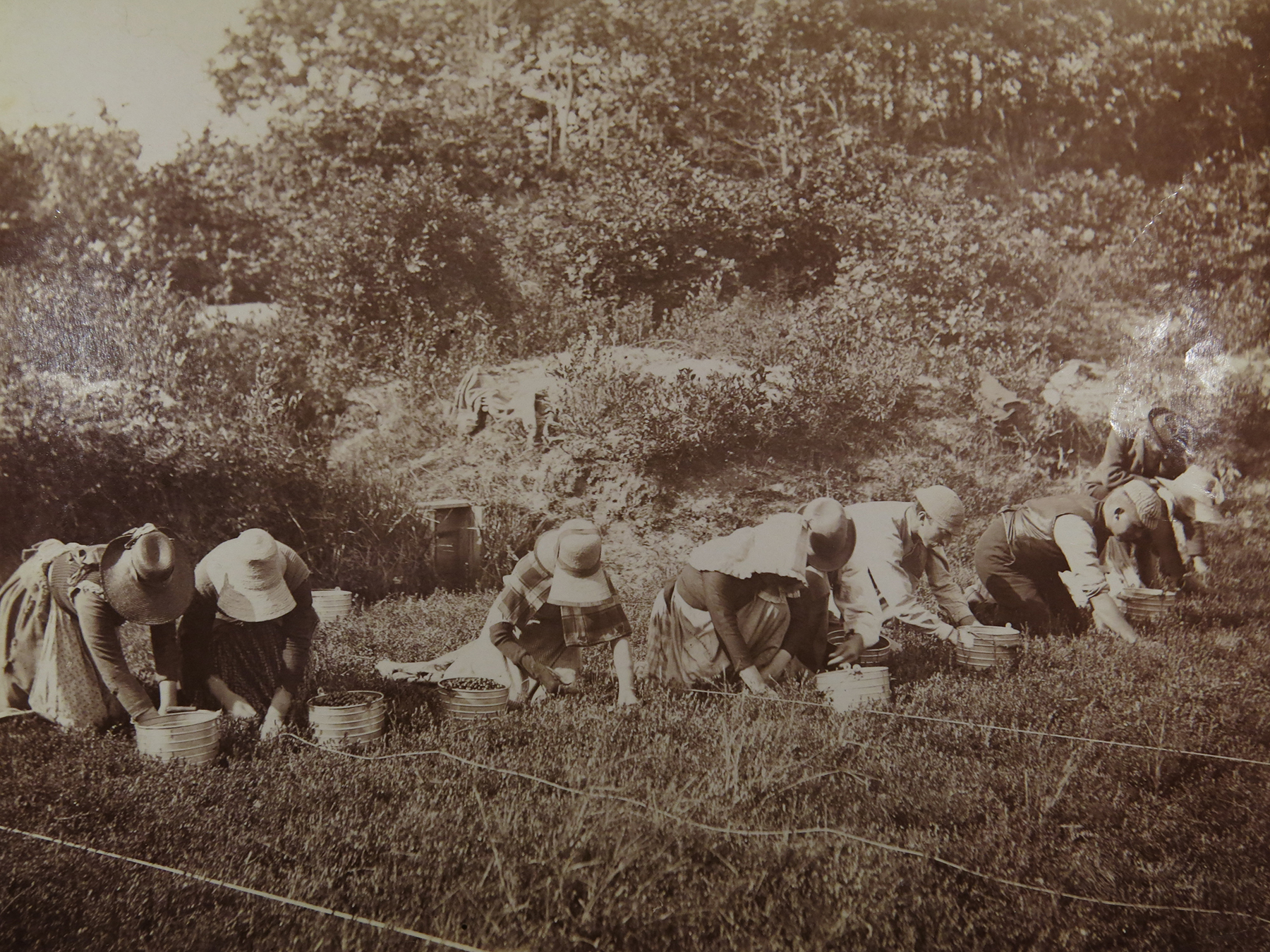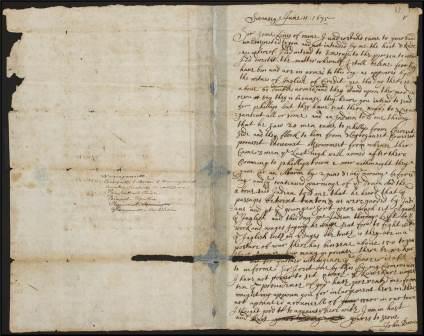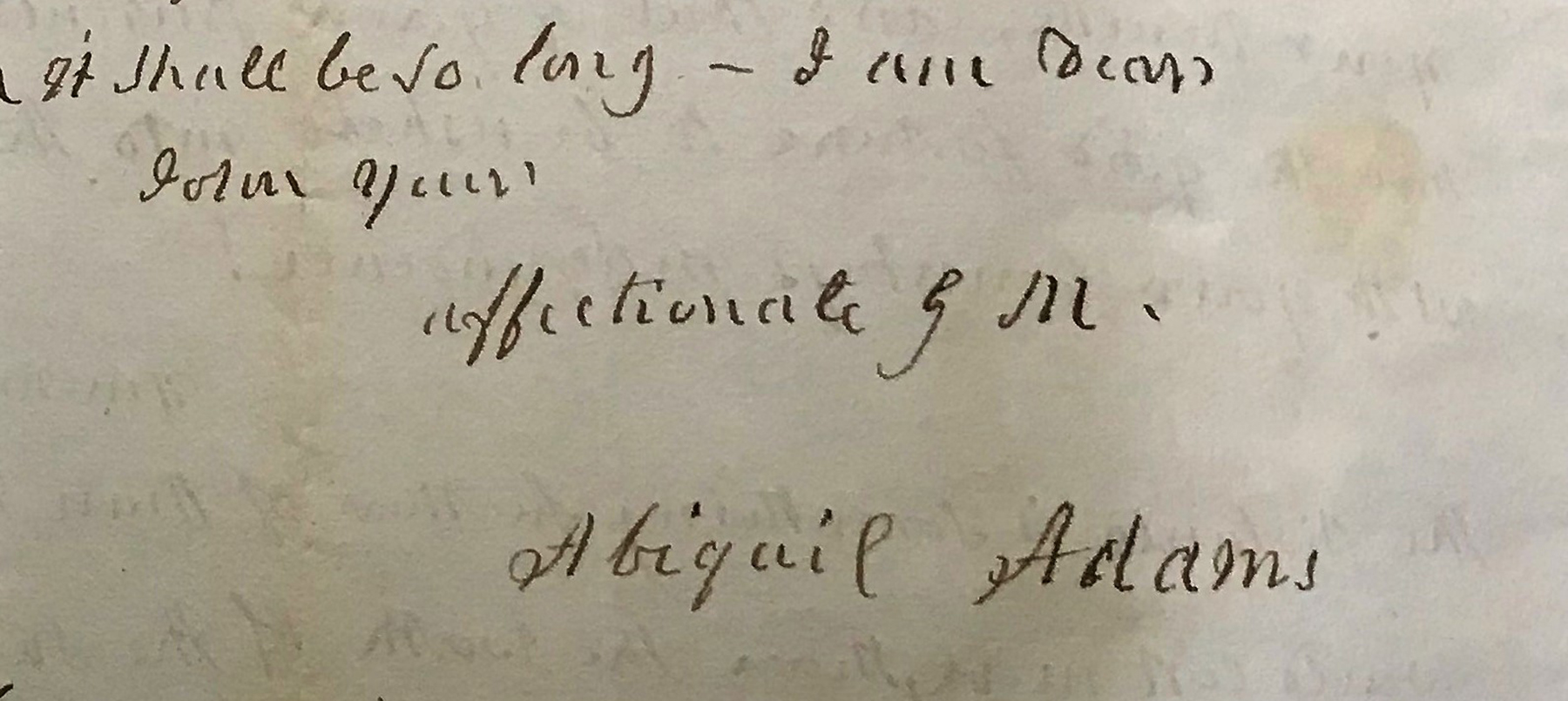Here is a look at what is going on this week at the MHS:
– Tuesday, 27 November, 5:15 PM: In Search of the Costs of Segregation with Elizabeth Herbin-Triant, University of Massachusetts—Lowell, and comment by Kenneth W. Mack, Harvard Law School. Historians generally treat Jim Crow as a legal, political, and cultural system shaping where African Americans went, whether they voted, and how they acted. Yet it was also an economic system that imposed financial burdens. This paper explores how segregation made the activities undertaken by African Americans—from gaining education to property—more expensive for them and how it excluded them from economic advancement. This is part of the Boston Seminar on Modern American Society and Culture series. Seminars are free and open to the public.
– Wednesday, 28 November, 12:00 PM: Mules, Fuels, & Fusion: Overcoming Entropy & Crossing the Isthmian Transit Zone 1848-1977 with Jordan Coulombe, University of New Hampshire. This talk explores American attempts to construct transportation infrastructures in Panama between the creation of the Panama Railroad and the Carter-Torrijos Treaties. It focuses specifically on the role proliferating energy sources played in restructuring the Isthmian environment.
– Thursday, 29 November, 6:00 PM: After Emily: Two Remarkable Women & the Legacy of America’s Greatest Poet with Julie Dobrow, Tufts University. Despite Emily Dickinson’s world renown, the story of the two women most responsible for her initial posthumous publication—Mabel Loomis Todd and her daughter, Millicent Todd Bingham—has remained in the shadows of the archives. A rich and compelling portrait of women who refused to be confined by the social mores of their era, After Emily explores Mabel and Millicent’s complex bond, as well as the powerful literary legacy they shared. A pre-talk reception begins at 5:30 PM; the speaking program begins at 6:00 PM. There is a $10 per person fee (no charge for MHS Fellows and Members or EBT cardholders)
– Friday, 30 November, 12:00 PM: The American Debates over the China Relief Expedition of 1900 with Xiangyun Xu, Pennsylvania State University. This talk examines the American debates over the country’s participation in the eight-nation alliance to relieve the Chinese Boxers’ siege of internationals in Tianjin and Beijing. It places U.S. participation within the context of concurrent controversies over the Spanish-American and Philippine-American war as well as the assertive U.S. policy in East Asia.
– Friday, 30 November, 2:00 PM: Fashioning the New England Family Gallery Talk with Kimberly Alexander, University of New Hampshire. Material culture specialist and guest curator, Dr. Kimberly Alexander will help viewers explore and contextualize rarely seen costumes, textiles and fashion-related accessories mined from the MHS collection. Representing three- centuries of evolving New England style, most of the pieces have never before been on view to the public.
– Saturday, 1 December, 9:00 AM to 4:00 PM: Remembering Abigail Adams workshop. Abigail Adams lived at the heart of American politics for nearly half a century. She was a revolutionary First Lady, urging her husband to “Remember the Ladies” in the colonial quest for independence, and a huge influence on the nation’s sixth president, John Quincy Adams. In her letters to her family and a wide circle of influential colleagues, Abigail was candid and colorful in depicting the hard work and great reward of nation-building. Join us as we remember the life and legacy of Abigail Adams, one of the many women who helped build early America. This program is open to all who work with K-12 students. Teachers can earn 22.5 Professional Development Points or 1 graduate credit (for an additional fee). There is a $25 per person fee. For questions, contact Kate Melchior at education@masshist.org or 617-646-0588.
Fashioning the New England Family is open Monday through Saturday, from 10:00 AM to 4:00 PM. The exhibition explores the ways in which the multiple meanings of fashion and fashionable goods are reflected in patterns of consumption and refashioning, recycling, and retaining favorite family pieces. Many of the items that will be featured have been out of sight, having never been exhibited for the public or seen in living memory. The exhibition is organized as part of Mass Fashion, a consortium of cultural institutions set up to explore and celebrate the many facets of the culture of fashion in Massachusetts.
Take a look at our calendar page for information about upcoming programs.


